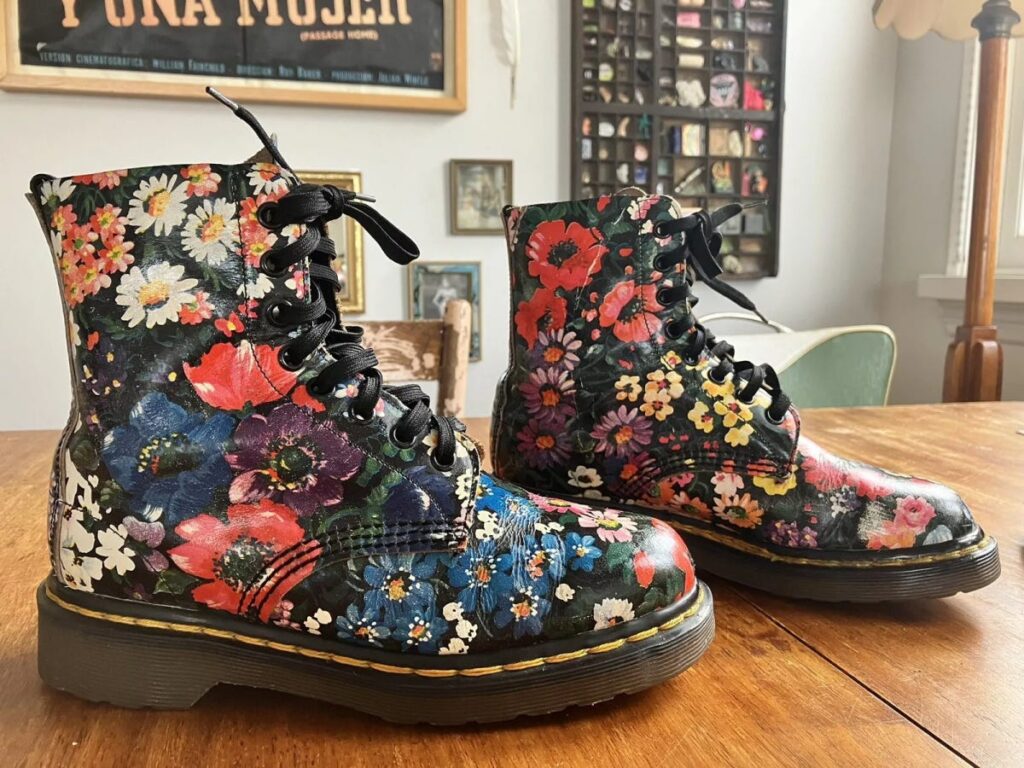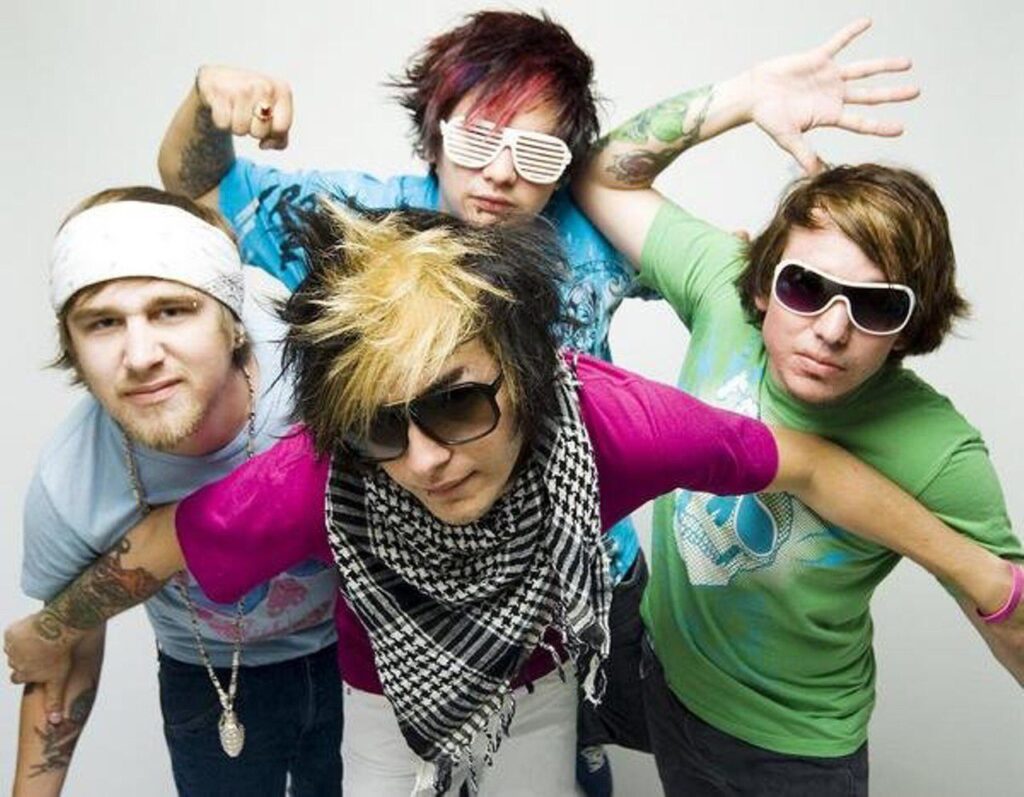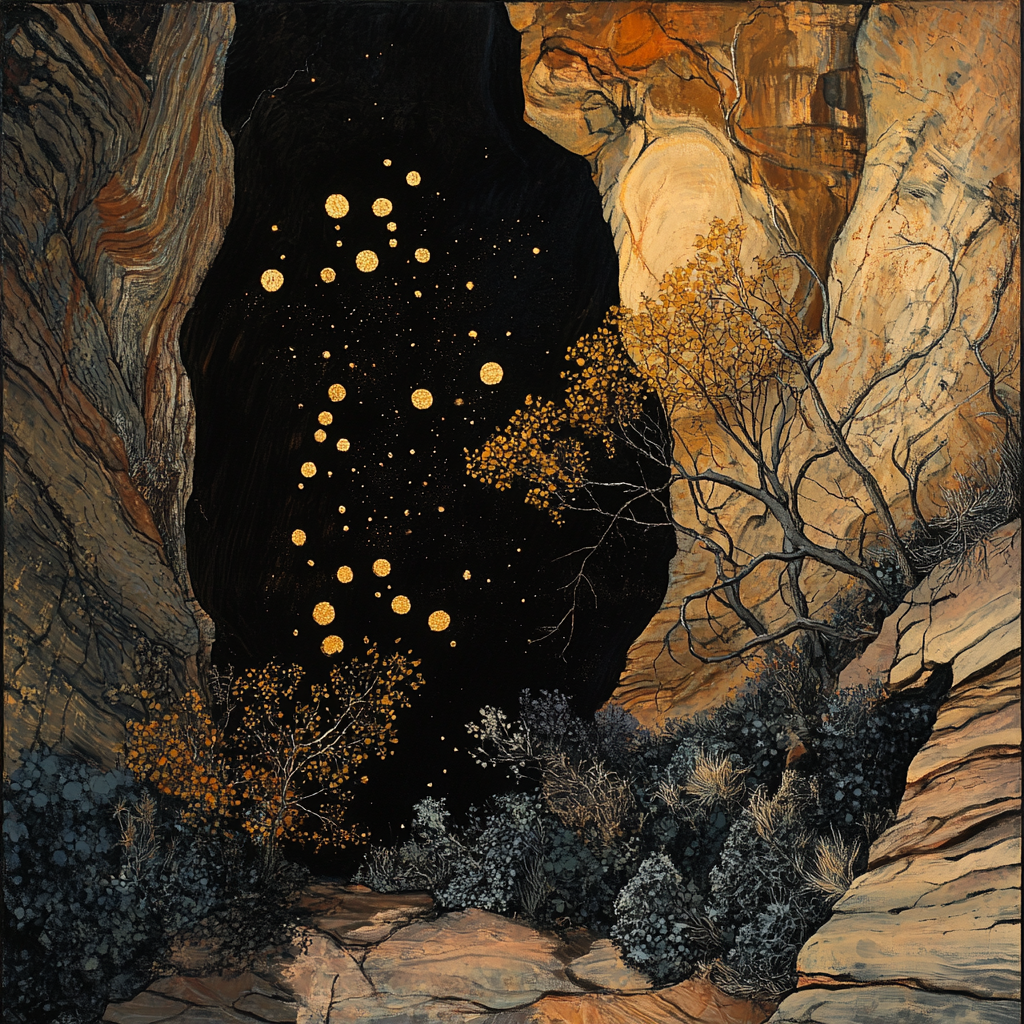Uranus, Neptune, and Pluto effects – Part 7 – On The Generations
Kind words about individual generational experience aside, it is helpful to explore the specific ways in which each of the outer planets – the dark luminaries – presents itself in the archetypes and characteristics which come to define generational cohorts. The sequence of planetary catalysts and the free-will decision cycle that they generate is a more personal experience whereas the external manifestations of the planetary influence are what others are most likely to recognize and identify as being “that thing that Boomers do” or “the way Gen X does things.” This is relatively speaking rather simple as the planets Uranus, Neptune, and Pluto are rather simple themselves.
The common anecdotes used to discern different generations are made up of three separate influences and because they operate on their own calendar cycles they are often responsible for the confusion around the precise timeline of those generations. Some members of each age group are different from those of the people grouped together with them and they invariably assert this fact at every opportunity. Often this is due to the aspects made by personal planets in their individual chart but just as frequently it owes to the built-in variation that occurs within generations. All consist of at least two distinct groups (seven years each) but there will also be crossover with previous and following generations on either end of the spectrum. Understanding which of the three outer planets is influencing which traits the generation exhibits allows us to color in the answers to these questions with ease.
Uranus – influences how the cohort thinks
Neptune – influences the aesthetic of the cohort
Pluto – influences the values of the cohort
For many it is the aesthetic that is first and most loudly recognizable. Think of the styles of the 1960’s as compared to those of the 1990’s. This extends to fashion, design, appearance in general, and taste overall. This phenomenon has to do with the way old trends from decades ago have a way of returning when new generations rediscover them and also how they invariably select just the parts of those they find most appealing. It is why people used to paint their kitchens green for decades but no one would ever think of doing such a thing today – or would they? These matters are the domain of Neptune and we can estimate and examine the tastes of a generation by exploring the way the planet interacts with the sign it is in when they were formed.
Let’s return to the 1970’s. That is the time of Neptune in Sagittarius and the planet ingressed into the sign right as the decade changed, on January 4, 1970. Those who were around at the time or who are familiar with their cultural history know that the 70’s marked a decisive shift and a “new era” beyond the more raucous and disruptive 1960’s aesthetic, into the more naturalist and analog-futurist looks. The way this transit lined up to the Gregorian calendar is even somewhat responsible for the entire concept of decades having a distinct style that prevailed in the late 20th century. Neptune went out of the sign at the end of 1984, marking the proper end of all of the aesthetics that had defined “the 70’s” and decisively shifting culture into the business suits, neon, and hairspray of “the 80’s.” We can then say that Neptune in Sagittarius is an aesthetic and that aesthetic was present from the years 1970-1984, and that people born during that time will continue to see the world through the eyes which formed that aesthetic in those years.
Sagittarius is the mutable fire sign, ruled by Jupiter. This will create an experimental and adventurous aesthetic, one that is willing to try something new, just because it’s something to do and novelty is its own adventure. Jupiter affirms, granting confidence to go out and embrace that new thing. With Neptune present this will be in soft focus, dreamy, and fantastical. These two elements work together well in terms of innovation and the willingness to express the aesthetic fully. These are not shy wilting flowers contained to the Gap catalog, but they may sew a wilting flower onto their clothes because the idea came to them in a dream (or a haze). The aesthetic here is a dream that is pursued and that characteristic will form the basis for the stylistic and taste choices of the generational cohort under its influence.

Fashionable shoes for the young Neptune in Sag
Next, let’s consider the impact of Uranus, which will influence the thinking of a generational cohort. Uranus spends seven years in each sign and is the truest definer of a generation, typically encompassing two consecutive sign transits together, producing that “early” and “late variety” found in most generations. What could differentiate one age of people from another more than a great difference in how they think about things? It is the shift of Uranus that is most unmistakable, because it is how people think in their minds and about the world that most separates them from others while uniting them with those who share their approach. This is why those Millennials born with Neptune in Sagittarius may appear more like the people who came before them while still being distinctly and certainly of the mentality of those who share their Uranus sign in Sagittarius (~1982-1988).
Uranus here is a jolt of electricity applied to the mutable fire ruled by Jupiter. The same impulse toward adventure and novelty and the faith to pursue it, applied not to aesthetics but instead to ways of thinking. Uranus is disruptive and this cohort will actively seek to be disruptive. This occurs because disruption is elementally combined with adventure, flexibility, exploration, and faith. The cohort born under this sign will insist on doing things in a new way and will outright reject anything that came before, believing instead in their own approach above all. The years of the transit of Uranus in Sagittarius correspond with the heart of the 1980’s, a decade defined by a turn away from that which had come before and a fierce desire to be different, unique, and shocking in some way. The people born to that time will think differently as a matter of faith and it will combine with the Neptune-influenced aesthetics and the Pluto-influenced values to generate their archetypes they come to be known by. Consider the aesthetic preferences of this cohort in their youth:

Peak 2000’s culture
While there are several distinct aesthetics that emerged at this time it is easy to recognize that all of them were informed by a way of thinking as much as by a pure aesthetic sense (as is found with Neptune in this sign). The penultimate styles of this time were not primarily about colors, fit, or attractiveness (certainly not), but rather irony. The predominance of a disruptive way of thinking, done in an adventurous, fiery, and independent way is the signature of Uranus in Sagittarius thinking. This is the cohort who were described as “unique and special snowflakes” and somehow did not find this as insulting as it was intended to be.
The third outer planet is Pluto and it shows its influence in the values of a generation. If we insert the Pluto element into Sagittarius we have the same adventurous, fiery and faith-driven element, only this time taken to the extremes both large and small. Pluto in Sagittarius (~1996-2008) will make things into a big deal, while somehow not being deeply invested into it at all. This is the placement of being “a mile wide, but an inch deep” because while there is a magnification of matters of faith and a fiery fuel to back them, there is also a deep flexibility that comes with needing to pursue the next thing. Imagine a line of gasoline set on fire – the flame ignites and rushes to one end, burning the entire way, but as it moves further down the line the earlier positions have burned out. That is because what is ahead on the path toward the adventure is more important than whatever is behind you. For Pluto in Sagittarius, moving forward on the path is the ultimate value.

It’s not a phase, Mom
Put simply, our values are what is important to us. This is informed by our moral judgments and our overall sense of how the world operates. Pluto is the planet who drives this by magnifying things so we can see what they are fully and completely made of. When you get all of something is when you can know for certain what you really think of it, and Pluto does us this “favor” each time it forms an aspect of note. The sign element that Pluto inhabits shows what, above all else, is most valued by the persons born under its influence.
By combing the three outer planet placements we can derive the formula for the unique, signature traits of a generational cohort. Doing so can help us understand what motivates them and why they do what they do rather than what they do. The elemental combination of the generational planet with the attributes of the sign it occupies gives us a clear and wide window into the differences between us and provides us with valuable tools for bridging that understanding, enabling effective communication across the generational divide. In subsequent chapters we will explore each generation in detail so as to enable us to more effectively and accurately mock them for all of the things they do wrong.

Leave a Reply